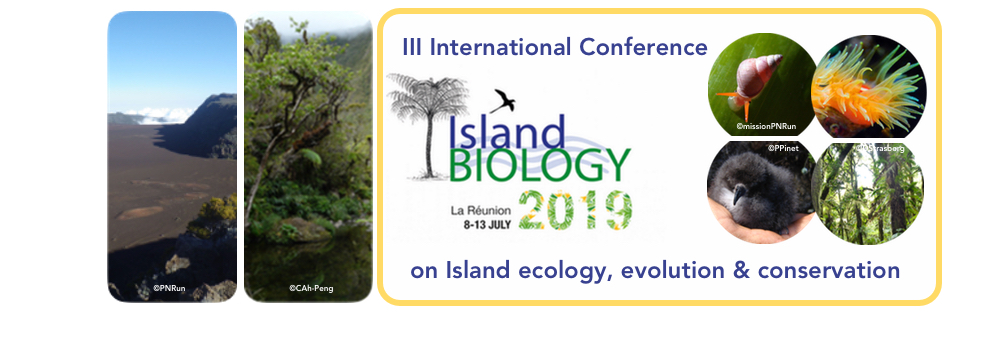Non-native predator introductions to island ecosystems have happened around the world throughout history and there are many examples of the devastation that introduced predators can cause if left unchecked. There are also many examples of successful eradications and/or significant suppression of introduced predators. In almost all cases, it takes a tremendous amount of effort, money, coordination, persistence and partnerships to achieve eradication and significant suppression. All too often, however, efforts are disjointed and rarely is data/results from multiple efforts shared or used to teach us what we need to know in order to understand predator behaviour, so we can maximize efforts and efficiencies. Non-native predators are a constant threat to Kauai's forest, sea, water, shore and wading bird populations. Feral cats, Black rats, Polynesian rats, Norwegian rats, Cattle Egrets, Barn owls, feral pigs, mosquitos and more predate and/or harm native birds, which reduces their survival and reproduction potential. Some feral cats also carry Toxoplasmosis, which has been found in dead marine animals near Kauai including Monk seals, dolphins and whales, and in one human baby. Rats, pigs, goats and deer also contribute to habitat destruction through seed predation, plant destruction, non-native seed distribution and creating habitat for invasive mosquitos. This presentation will describe a new approach that more closely brings resources and partnerships together to control non-native predators across Kauai's landscapes. This will be accomplished by simplifying onerous procedures often associated with multiple funding sources and reporting, as well as capitalizing on shared goals and resources through more collaborative approaches that bolster research, technology development, access agreements, shared funding and educational outreach.

|
|
|
|
Integrating predator control efforts to achieve landscape level protections for native birds & their habitats on Kauai Island
1 : State of Hawaii
Division of Forestry & Wildlife -
United States
2 : Division of Forestry & Wildlife
(DOFAW)
* : Corresponding author
1151 Punchbowl St #325, Honolulu, HI 96813 -
United States
|
| Online user: 46 | RSS Feed |

|
 PDF version
PDF version